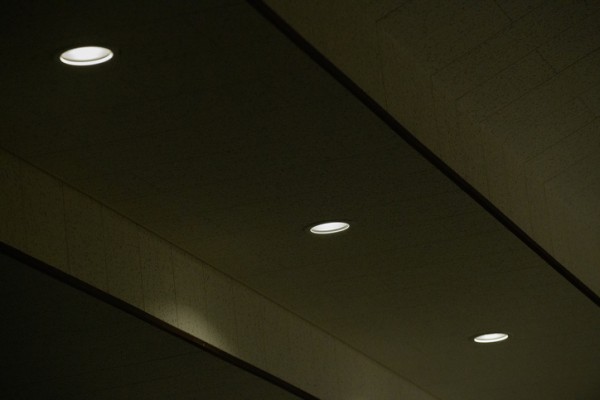
Choosing the right LED globes during a renovation isn’t just about saving electricity—it’s about creating the right atmosphere, showcasing your finishes and ensuring long-term satisfaction. Here’s a complete guide to help you pick the best LED globes for each space in your home.
1. Pick the right brightness and efficiency
LED efficiency is measured in lumens per watt (lm/W). The higher the number, the more light you get for each watt of power. As a rule of thumb:
- Warm, ambient spaces (living, dining, bedrooms): aim for 600–1,200 lm (≈8–12 W)
- Task areas (kitchen benches, home offices): go for 1,000–1,500 lm (≈12–18 W)
- Outdoor security or large rooms: you might need 1,500 lm or more
Always check the packaging or product specs to find the lumen and wattage information. Higher efficiency means lower electricity bills over time.
2. Select the right colour temperature
Colour temperature, measured in Kelvin (K), influences how warm or cool your lights feel:
- 2,700–3,000 K (warm white): soft, cosy glow—perfect for living rooms and bedrooms
- 3,500–4,000 K (neutral white): crisp but still comfortable—great for kitchens and bathrooms
- 5,000–6,000 K (cool daylight): bright and energising—ideal for garages, task zones or study areas
For guidance on matching brightness and tone across multiple fixtures, check our guide on colour reproduction.
3. Prioritise colour accuracy (CRI & TM‑30)
A light’s ability to render colours accurately is crucial—especially with new finishes:
- Look for CRI ≥ 90 in most rooms to ensure materials like timber, tiles, paint and fabrics all look their best.
- For areas with artwork, textured walls or accent features, aim for CRI 95+
- Some LED globes also include TM‑30 scores or Colour Quality Scale (CQS) ratings—these offer deeper insight into how colours and tones will appear
Great colour accuracy brings your renovation materials to life and helps avoid surprises when the lights are on.
4. Consider beam angle and fitting type
The shape and design of your fixtures affect how light is distributed:
- Downlights and spotlights need to match the globe’s beam angle—narrow for highlighting, wide for general light.
- Pendant and globe fittings often require a 240V screw base or bayonet fit—double-check compatibility before buying.
- You may also choose filament-style LEDs for decorative fittings to get that ambient warmth with added charm.
See how to plan your lighting for placement and layering guidance.
5. Choose dimmability and compatibility
If you’re installing dimmers or smart lighting, ensure your LED globes are dimmable and compatible with your control systems. Some non-dimmable LEDs can flicker or buzz when used with incompatible dimmer switches.
To explore dimmer types and smart controls, check out our guide on lighting controls and switches.
6. Watch for quality and warranty
Since LED globes are a long-term investment, look out for:
- Energy rating labels (e.g. A+, stars)
- Trusted certifications such as RCM (Regulatory Compliance Mark) in Australia
- A minimum three-year warranty—many top brands offer 5-10 years
- Customer reviews highlighting consistent performance and lifespan
7. Match your room needs
| Area | Suggested K | Minimum CRI | Notes |
|---|---|---|---|
| Living & dining | 2,700–3,000 | 90+ | Warm and welcoming |
| Kitchen & bathroom | 3,500–4,000 | 90+ | Perfect balance of clarity and comfort |
| Home office | 4,000–5,000 | 85+ | Crisp, functional light for work |
| Feature spaces | 2,700–3,000 | 95+ | Accent lights with top-tier colour fidelity |
8. Layer your lighting
Even the best globes work best in a layered design:
- General ambient lights for overall illumination
- Task lighting where you need focused, bright light
- Accent features to highlight textures or art
For expert insight on lighting layers and layout, revisit how to plan your lighting.
Wrapping up
Choosing the right LED globes means balancing efficiency, colour quality and compatibility with your design. Focus on:
- Brightness (lumens)
- Colour temperature (Kelvin)
- Colour accuracy (CRI 90+ or 95+ for feature areas)
- Compatibility with fittings and controls
- Quality certifications and warranties
Good LED choices enhance your renovation, save energy and make sure every finish looks its best. If you want help specifying globes for different rooms or tying your lighting into control systems, explore our Tell Me How series or reach out to our lighting experts.





